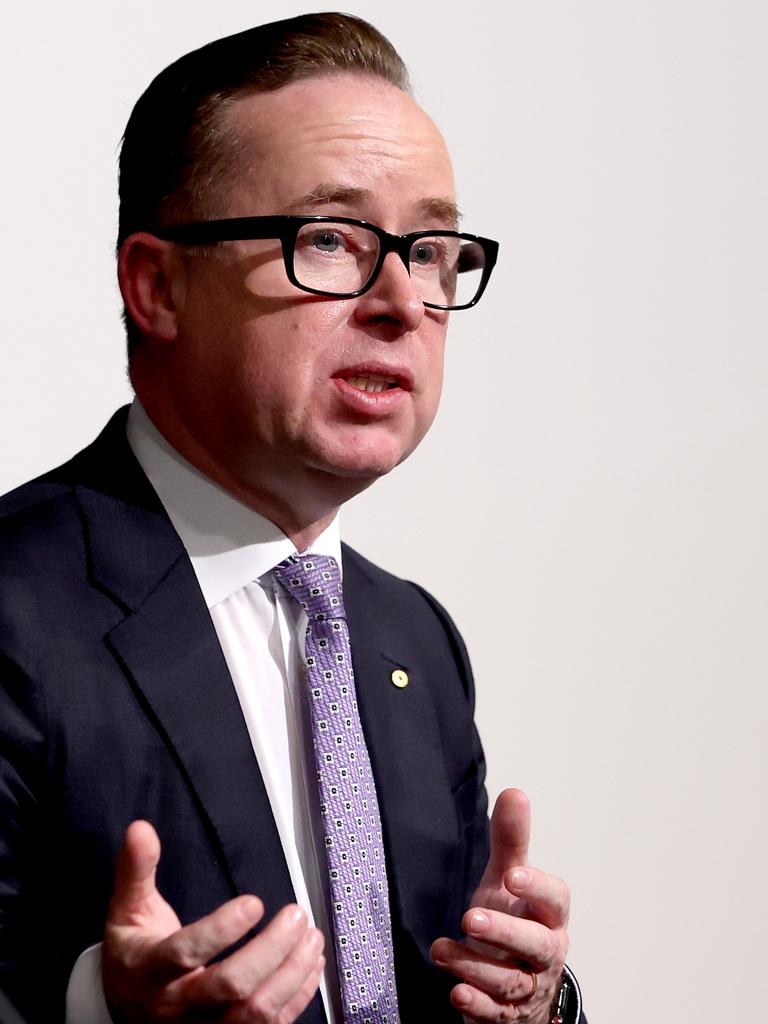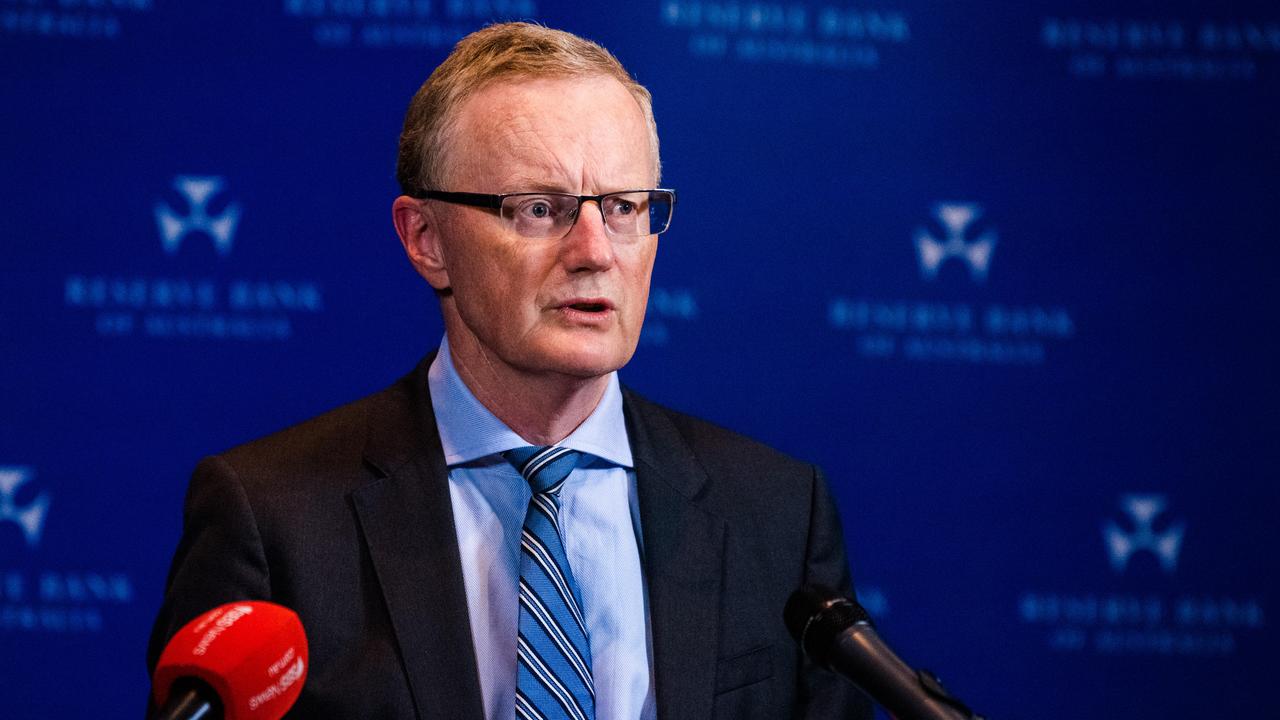MYEFO: Big problem with Aussie wage rise hope
Josh Frydenberg has put Australians into the fast lane for higher wages — but there’s a catch.

Business
Don't miss out on the headlines from Business. Followed categories will be added to My News.
The factors that motivate business are usually a long way from Canberra but Thursday’s budget update will give boardrooms greater confidence to bring forward spending plans.
This is an economy that has leapt into the fast lane and if you are running a business and are not planning for this growth right now – you are going to get left behind.
Reserve Bank governor Philip Lowe pointed out earlier Thursday that most businesses are working on the assumption of a more optimistic future and want to start investing again after delaying spending through the Covid lockdowns.
And with the September profit season showing the balance sheets of corporate Australia are in good shape, the hurdles to business hitting the spend button will be a return of major lockdowns and to a lesser extent border closures.
As Treasurer Josh Frydenberg noted the fast-spreading Omicron variant will be a test for the state premiers on whether they hold the line over reopening plans or shut down cities again.
Earlier Thursday Qantas boss Alan Joyce was mapping out a recovery plan for his airline predicated on domestic borders reopening and Australians moving around the country freely by early next year.

Apart from inflation, all the key indicators in the mid-year update are heading in the right direction. Treasury is forecasting real GDP to remain at a strong 3.75 per cent in the current financial year, this is a revision down from 4.25 per cent following the September quarter lockdowns. But it has revised up next year’s growth outlook substantially to 3.5 per cent from 2.5 per cent previously. As the economy grows debt burden is projected to fall at a faster pace from financial 2023, easing pressure on broader borrowing costs.
One heroic assumption is on wages growth. With unemployment forecast to continue to fall to near record lows including to an average of just 4.25 per cent in financial 2023, Treasury is tipping wages growth to peak at just 3 per cent in financial 2024. This from an economy which has a poor track record on productivity growth of the past decade. Indeed, Business needs to hold the line in not giving away too much productivity gains as it tackles the skills shortage with higher wages.

Easing pressure on jobs is training with more than $6.8bn committed in skills funding in the budget. Included in this $700m in apprentice wages subsidies to help employers keep apprentices through their training.

Growing pains in the economy are already starting to manifest. Woolworths chief executive Brad Banducci this week mapped out how supply side inflation is washing through his business and ongoing Covid disruptions are driving up the basic cost of business, wiping as much as $70m from his bottom line during the December half.
The supply chain squeeze is serious because it can have a corrosive effect on productivity if it is not tackled at the source. Banducci pointed out half-empty trucks were going from the warehouses to his supermarkets which at some point will bake in additional costs for the consumer.
The mid-year budget update has revised up non-mining investment spending growth from 1.5 per cent this financial year to a record 8.5 per cent. However this pulls back to 8 per cent in financial 2023 as temporary business tax incentives tail off.
Underpinning investment spending is the Reserve Bank’s determination to hold interest rates low until inflation is sustainably higher. Most economists are pencilling in late next year for the central bank to move from ultra-low levels but even the RBA’s Dr Lowe reiterated Thursday that conditions for an increase in the cash rate will not be met next year, in the bank’s central planning.
With Thursday’s update painting an economy better positioned to respond to short term shocks, conversations in Canberra are gradually shifting away from issues such as emergency settings and Covid support toward tax reform and tackling the skills shortage. That can only be a good thing for business.







